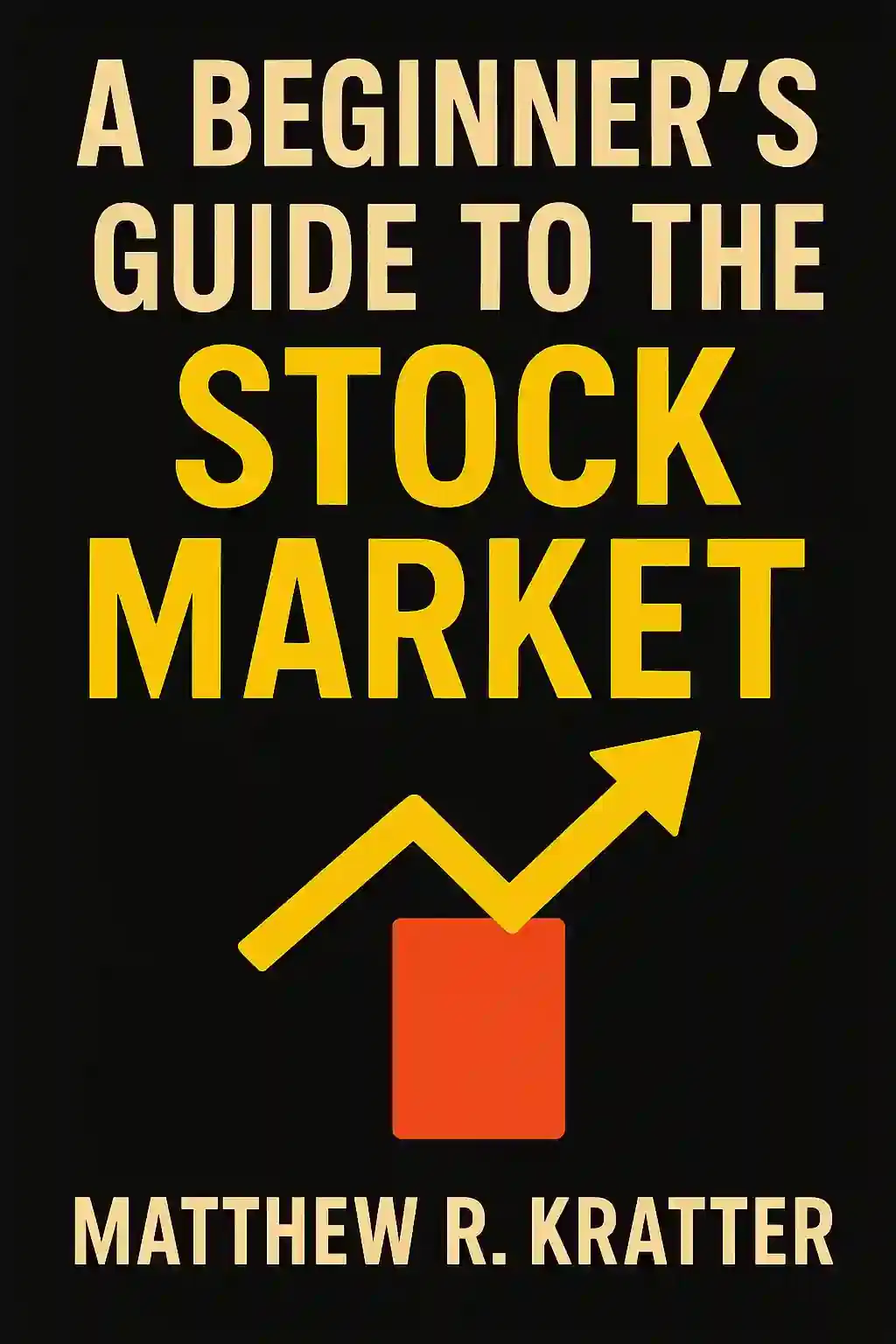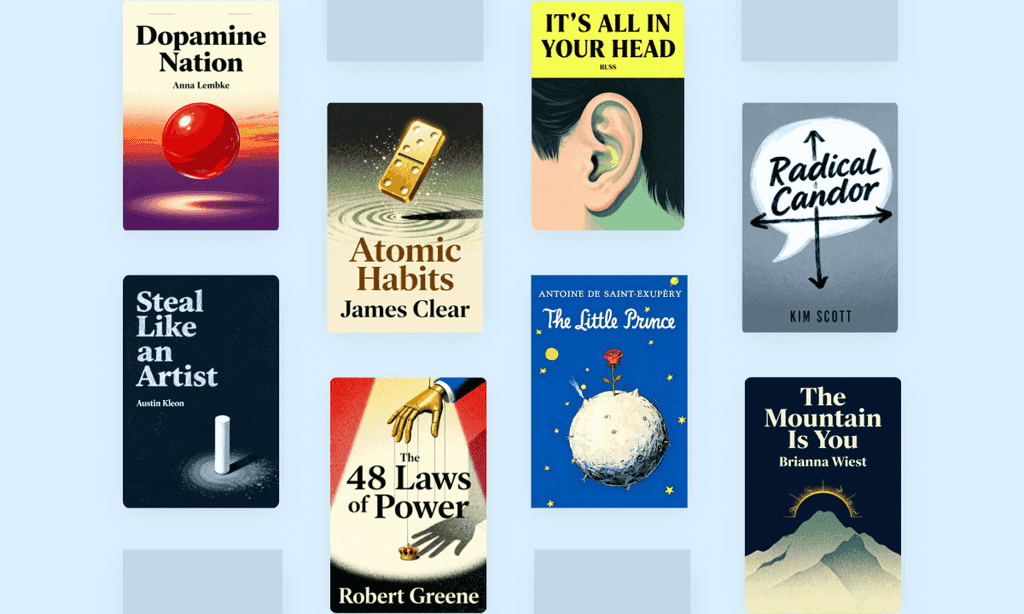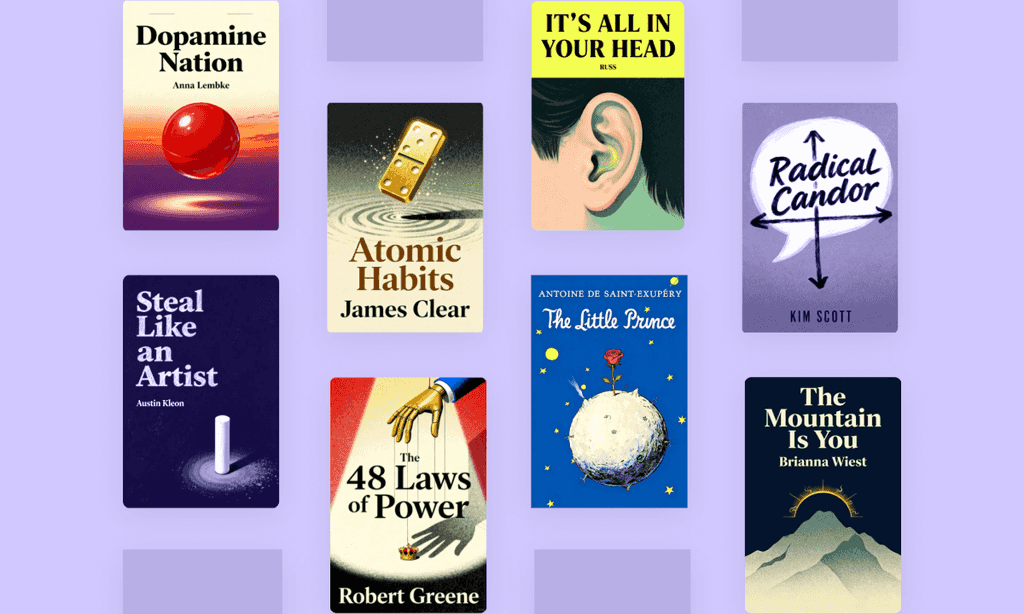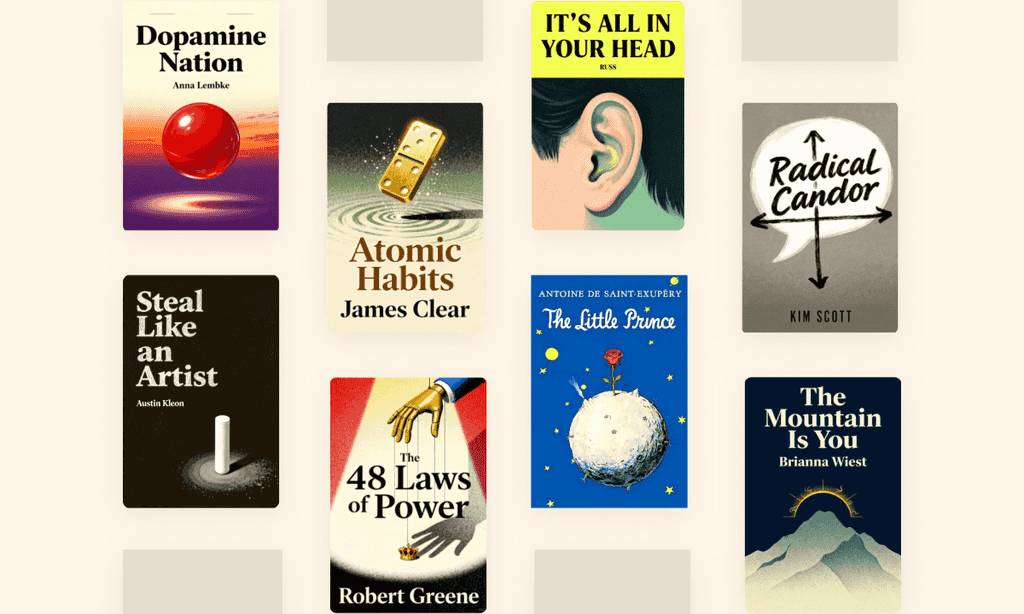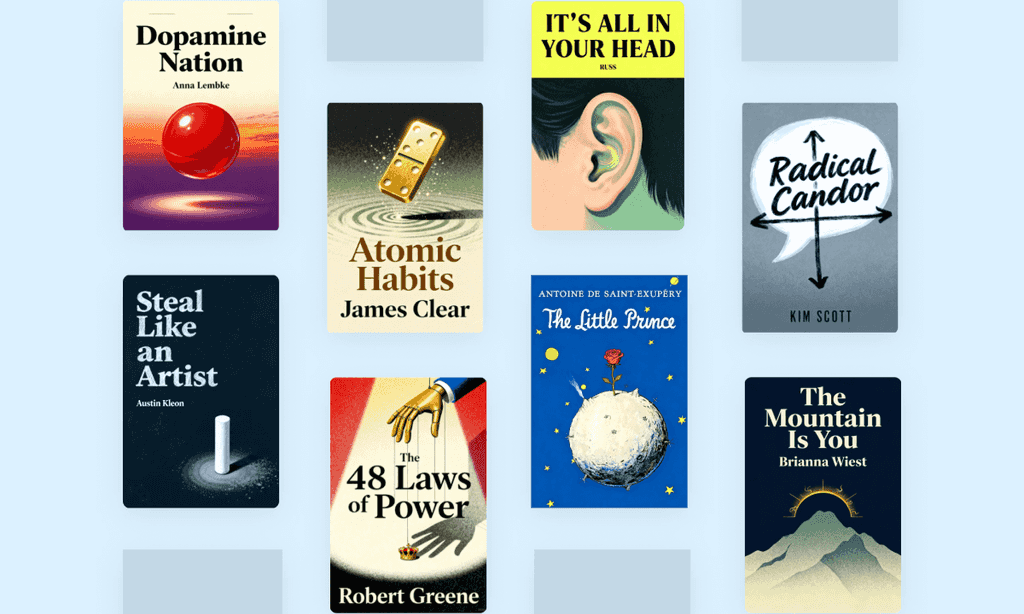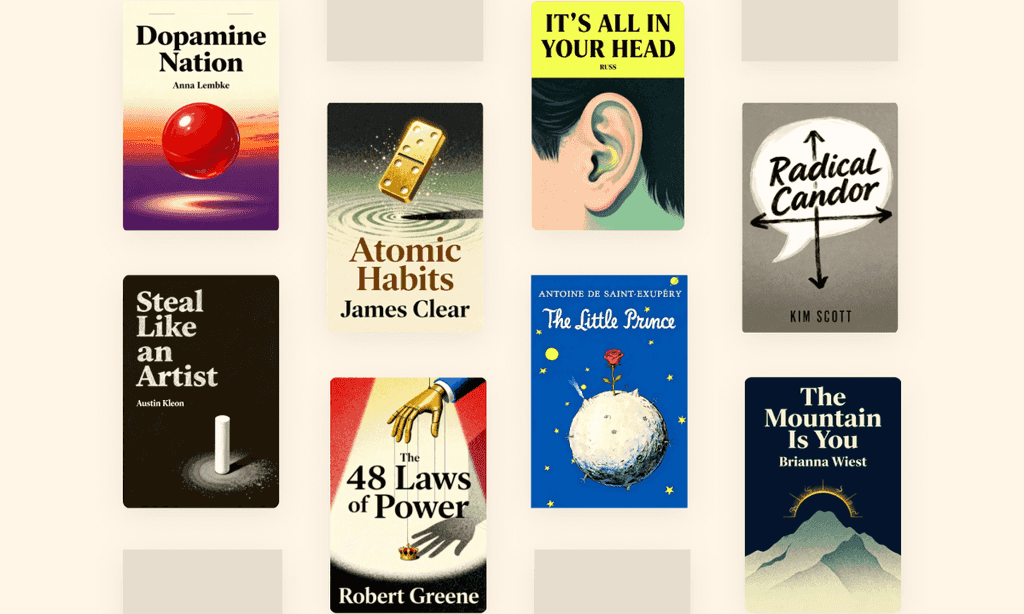
The Ultimate Options Trading Strategy Guide for Beginners by Roji Abraham Summary
Unlock options trading with Roji Abraham's 4.4-star rated guide that transforms beginners into confident traders. What strategy helped this 2013 release become a trading community staple? Discover why forums worldwide recommend this controversy-free blueprint for financial independence.
About the author
Roji Abraham, author of The Ultimate Options Trading Strategy Guide for Beginners, is an options trading expert and project management professional with over 15 years of hands-on market experience. Drawing from his successes and setbacks as an active trader since 2007, Abraham distills complex financial concepts into accessible strategies for novices, emphasizing risk management, market psychology, and adaptable approaches to volatility.
His clear, example-driven writing reflects his dual expertise in technical analysis and adult education—he creates Udemy courses on project management and trading topics.
Abraham’s fiction works, including Shahab: A Short Story and The German Housemate, showcase his ability to translate real-world experiences into compelling narratives. Born to working-class immigrant parents in Kuwait, his analytical yet relatable style bridges theoretical finance with practical execution.
The Ultimate Options Trading Strategy Guide has become a recommended resource for new traders, supported by Abraham’s ongoing educational content on trading platforms and his PMP certification. His Udemy courses on project management and trading fundamentals have empowered thousands of professionals globally.
FAQs About This Book
The Ultimate Options Trading Strategy Guide for Beginners simplifies options trading for novices, covering core concepts like strike prices, risk management, and six proven strategies for consistent profits. It uses real-world examples and downloadable worksheets to help readers avoid common mistakes and calculate risk-reward ratios. Designed as a starter guide, it emphasizes practical application over complex theory.
This book targets beginners with no prior options trading experience and intermediate traders seeking structured strategies. It’s ideal for part-time traders aiming to generate steady income and those intimidated by options’ perceived complexity. The clear explanations and case studies also benefit self-taught traders looking to formalize their knowledge.
Yes, for its accessible breakdown of complex topics like ITM/ATM/OTM options and risk-controlled strategies. Readers praise its actionable advice, real-world scenarios, and bonus worksheets for paper trading. However, experienced traders may find it too basic, as it avoids advanced derivative strategies.
The book details six strategies, including:
- Covered calls for generating passive income.
- Protective puts to hedge against market downturns.
- Vertical spreads to limit risk while capitalizing on price movements.
Each strategy includes case studies showing profit/loss scenarios and ideal market conditions.
Strike prices are defined as the predetermined price for buying/selling assets, with moneyness determining intrinsic value:
- In-the-money (ITM): Calls (asset price > strike) or puts (asset price < strike).
- At-the-money (ATM): Strike equals current asset price.
- Out-of-the-money (OTM): No intrinsic value.
The guide emphasizes selecting strikes based on risk tolerance and market outlook.
Yes, it includes downloadable worksheets to simulate trades, calculate potential returns, and assess risk exposure. These resources help beginners test strategies without financial commitment and build confidence before live trading.
Key pitfalls include:
- Overtrading without a clear strategy.
- Ignoring transaction costs and volatility.
- Failing to set stop-loss limits.
The book advises paper trading and emotional discipline to avoid these errors.
While both cater to beginners, Abraham’s guide focuses more on actionable strategies and risk management, whereas For Dummies offers broader market context. Readers praise Abraham’s relatable tone and practical worksheets, but some note For Dummies has more advanced topics.
Critics argue it oversimplifies market dynamics and lacks coverage of multi-leg strategies like iron condors. However, most agree it achieves its goal as a beginner-friendly primer, with clear explanations of core concepts.
Abraham draws from personal trading successes and failures, framing concepts through relatable anecdotes. His project management expertise is evident in the structured, step-by-step approach to strategy execution.
Yes, it bridges the gap by explaining how options differ from stock trading, emphasizing leverage, expiration dates, and defined risk-reward profiles. The strategies, like covered calls, show how to enhance stock portfolios with options.
The strike price determines profitability, premium costs, and whether an option has intrinsic value. Abraham stresses aligning strikes with market forecasts—using OTM for bullish bets or ITM for conservative plays—to balance risk and reward.
Quick Summary Mode - Read or listen to The Ultimate Options Trading Strategy Guide for Beginners Summary in 8 Minutes
Break down key ideas from The Ultimate Options Trading Strategy Guide for Beginners into bite-sized takeaways to understand how innovative teams create, collaborate, and grow.
Flash Card Mode - Top 9 Insights from The Ultimate Options Trading Strategy Guide for Beginners in a Nutshell
Distill The Ultimate Options Trading Strategy Guide for Beginners into rapid-fire memory cues that highlight Pixar’s principles of candor, teamwork, and creative resilience.

Fun Mode - The Ultimate Options Trading Strategy Guide for Beginners Lessons Told Through 25-Min Stories
Experience The Ultimate Options Trading Strategy Guide for Beginners through vivid storytelling that turns Pixar’s innovation lessons into moments you’ll remember and apply.
Personalize Mode - Read or listen to The Ultimate Options Trading Strategy Guide for Beginners Summary in 0 Minutes
Ask anything, pick the voice, and co-create insights that truly resonate with you.

From Columbia University alumni built in San Francisco
See More Stories?

Get the The Ultimate Options Trading Strategy Guide for Beginners summary as a free PDF or EPUB. Print it or read offline anytime.









